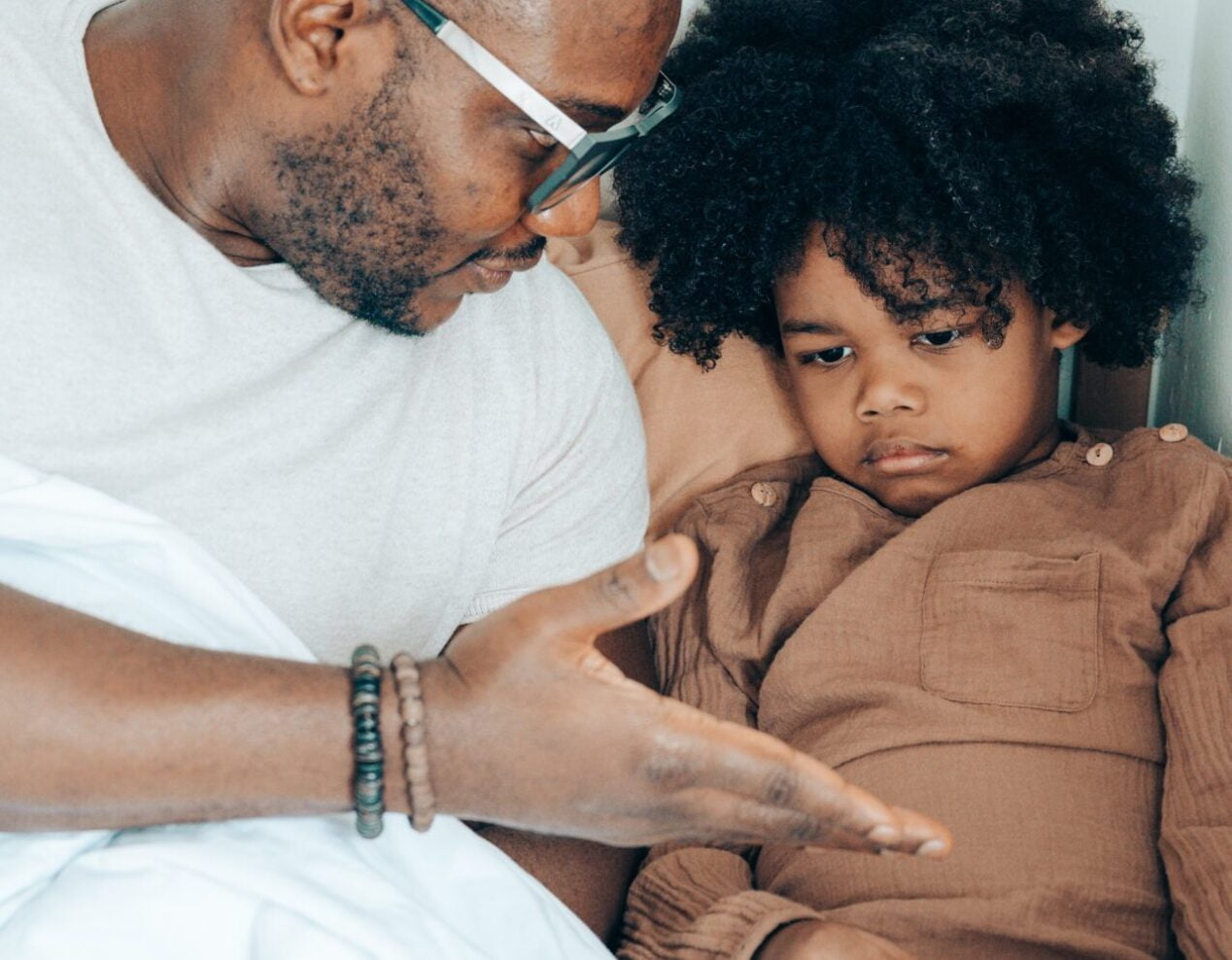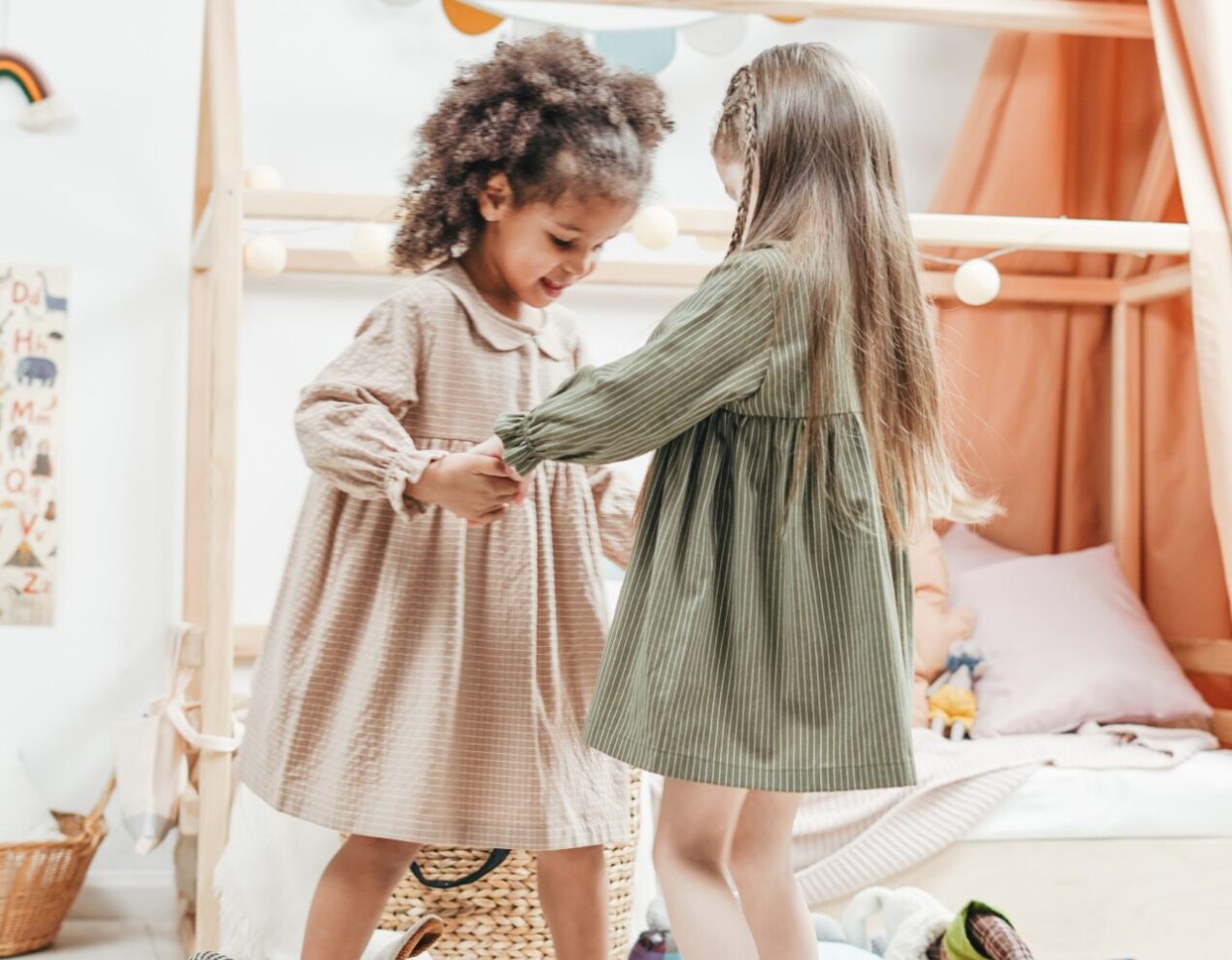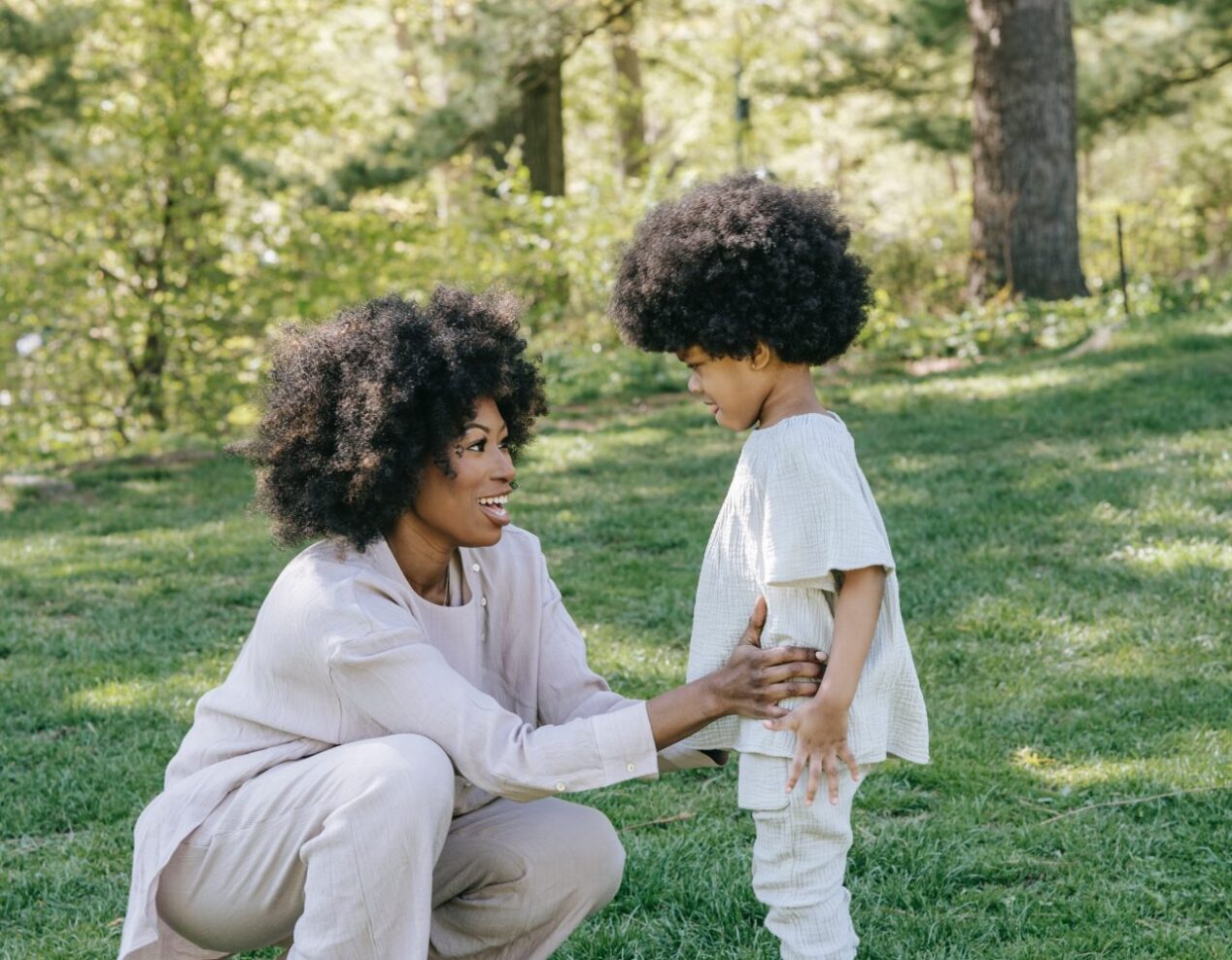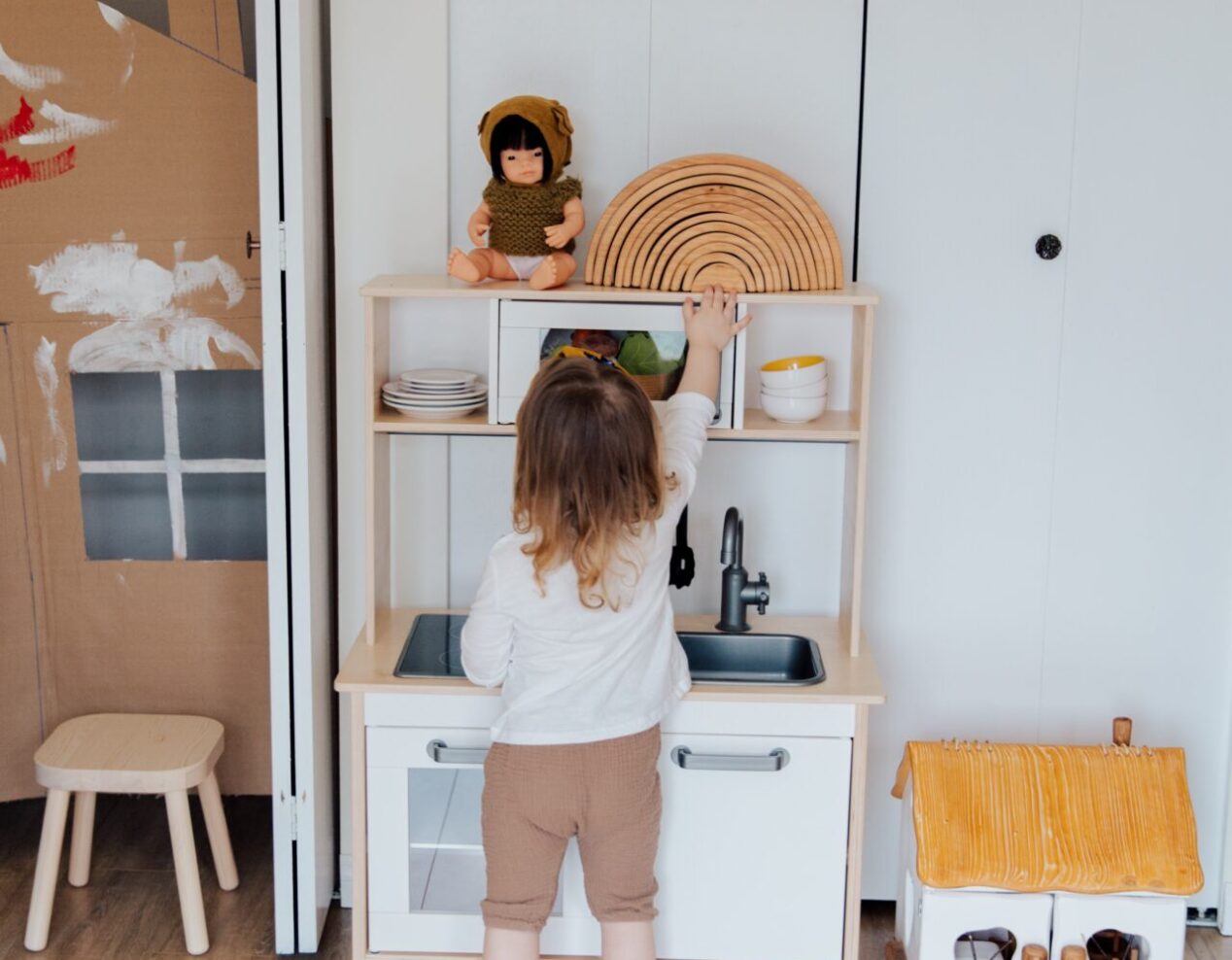Handling when your toddler shows empathy: Unveiling the secret of this key virtue

An infant’s world is, by default, self-centred. It’s the natural progression of things: they first perceive everything from their viewpoint before developing the ability to comprehend through others’ perspectives. At around two years, children often hold the belief that their thoughts and feelings mirror those of everyone else.
As mentors and guardians, there’s a universal hope for children to expand their understanding beyond their experiences. Kindness is what everyone hopes to instil in children, and empathy is a significant ingredient of kindness. It’s the ability to understand, resonate with, and connect to someone else’s emotions.
Here are some practical ways to foster empathy in two-year-olds:
- Engage in storytime, discussing the feelings of characters
A study from 2016 revealed that reading fiction can boost empathy, indicating that “fiction mirrors selves in interaction. Readers improve their understanding of others by reading it.”
While sharing stories with children, they are exposed to experiences – some familiar (like a child experiencing an injury in a playground) and others foreign (things they’ve yet to experience). Familiar experiences enable a child to bond with a character and understand their emotions. On the other hand, new experiences expose them to emotions they may not have confronted before.
“Charlie seems to be in real pain after falling. What could you do if you were in the park with him? How could we help him feel better?”
“Sarah is frightened of getting an injection from the doctor. Do you remember being scared of something? Can you show how your face appears when you’re frightened?”
“David is really excited that his friends are coming over for his birthday party. Let’s talk about your birthday, it’s still a ways off at 9 months away. Are you looking forward to it?”
- Encourage your child to be self-reliant
Between the ages of 24 and 36 months, children typically grasp that they are distinct individuals, separate from others. This realization is a significant milestone—they are born thinking that they and their primary caregiver are a single entity and spend the initial years of life “separating.”
Grasping their separateness is an early phase in empathy development; as children become less reliant on others, they start to accumulate their own experiences. These experiences then become references when empathizing with others.
Here are a few suggestions to foster independence:
Start by seeking consent before hugging your child. By respecting their body, you communicate that you regard them as a separate individual who can make decisions. Encourage them to assist you as much as they can. Although “helping” at this age can be slow and incomplete and possibly frustrating, when your child sweeps the floor with a mini dustpan and broom or assists in making dinner, they feel part of the action, which can be empowering. Begin to let them brush their teeth, and you can complete the job. Two-year-olds cannot fully brush their teeth independently, but involving them gives them a sense of self-reliance.
- Guide them in understanding apologies
When children harm others, it’s instinctual for us to prompt an apology. However, this moment can be an opportunity to foster your child’s emerging understanding of empathy. Zero to Three suggests focusing on the other person’s feelings to help children make the connection between the action (pushing) and the reaction (a friend who is sad and crying).
By 24 months, children generally begin trying to comfort people they see in distress. This action is largely imitative behaviour, copying what they’ve seen others do. But it’s a vital part of developing empathy. Once they have the capacity to comfort others, encouraging your child to do so (instead of a superficial “I’m sorry”) is much more meaningful when they need to make amends.
- Recognize your child’s emotions
A 2018 study about emotional regulation found that children develop deeper empathy when they’re more in tune with their own emotions, especially negative ones. In other words, it’s much easier to be kind and empathetic to others when we understand our own feelings first. Here are a few suggestions:
Identify your child’s intense feelings. This approach might feel counterintuitive, but describing what you observe when your child is struggling can help them handle it better and equip them for future occurrences. Speak from your own perspective. Expressing your feelings through your lens helps your child further understand that your experiences and emotions differ from theirs. Acknowledge their positive actions. When your child shows kindness towards someone else, highlight it.
- Demonstrate empathy and honesty with your own emotions
Like many aspects of mentoring, demonstrating empathy ourselves is one of the best ways of teaching it. One way to do this is to explain your strong feelings. For instance, when you can’t find a parking spot, tell your child, “Apologies for not paying attention to you, struggling to find a parking space is making me feel annoyed and frustrated. I’ll take a few deep breaths and continue looking.“.



